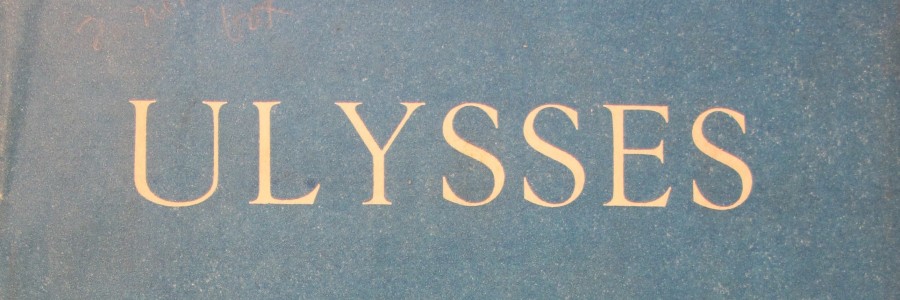
‘Scandalous & libellous books’ at the University Library
As a copyright library, and the recipient over the years of many large private collections, the University Library often receives material which it might not otherwise have chosen to add to its shelves. In the early years of the twentieth century—in line with other major institutions in the UK (including the British Library and Bodleian Libraries)—a class was created for titillating and potentially offensive books on a number of risqué subjects. This was both to safeguard the morals of impressionable students and to protect the books themselves from unwanted attention. This class—known by the name Arc (for arcana) and the subject of the current Entrance Hall exhibition—also houses books suppressed by publishers for legal reasons, and such additions form a large part of modern accessions. In some cases these books remain out of bounds to readers for many decades. However, the majority of the collection, administered by the Rare Books Department, may be ordered up for use by readers in the same way as other special collections. Its contents are varied in subject, language and period, ranging from seventeenth-century Venetian literature and illustrated editions of Casanova’s memoirs, to Victorian illustrations from Pompeii, Edwardian sexual health guides and a misprinted Cambridge Bible. Books have arrived under the Copyright Act, as part of donations or bequests (the diplomat Stephen Gaselee and classicist A. E. Housman in particular) or as transfers from other libraries. Arc remains a valuable sociological time-capsule, created over many years, which will tell the future much about the reception and treatment of the forbidden books of previous generations. The Library is also pleased to be able to announce that its holdings of literary erotica are soon to be significantly increased, thanks to Patrick J. Kearney, who has decided to donate his collection to the University Library. It contains over 160 titles ranging from the eighteenth to the twentieth centuries, many of which are exceedingly rare and in editions not currently to be found in UK research libraries. His catalogue of the British Library’s ‘Private Case’ (1981) is a cornerstone of the study of erotica and the Library’s Arc collection is well known to him through research for his History of erotic literature (1982). We look forward to receiving the books and making them available to readers, so watch this space for further details!
Arc contains a number of seventeenth-century books, including a very rare Venetian imprint—L’Alcibiade fanciullo a scola (Alcibiades the Schoolboy’)—loosely based on the form of Platonic dialogue and often called the first homosexual novel. Documentary sources refer to an edition of 1651, which does not survive, but two are known from 1652. Copies of both were bequeathed to the Library in 1943 by Sir Stephen Gaselee (Pepys Librarian and later Librarian of the Foreign Office), who gave nearly 200 books now in Arc and whose gift of over 300 fifteenth-century printed books in 1934 transformed the Library’s holdings. One of a handful of surviving copies, that on display retains its original vellum binding. Fast-forward a century and a half and we come to Restif de la Bretonne’s L’anti-Justine, ou, Les délices de l’amour (Paris, 1798). This erotic short story, written in opposition to the Marquis de Sade’s similarly named Justine, came to the Library as part of a bequest made by L. C. G. Clarke (1881–1960), Director of the Fitzwilliam Museum. To avoid discovery by the authorities the author printed it himself, producing only six copies, of which four (three being incomplete) are now in Paris; this is the only copy known outside France. The spectacular binding—incorporating flowers on the covers and a repeated motif of a priapic satyr on the endpapers—was made in 1868 by Marius Michel. More information may be found here.
Several books now widely regarded as literary milestones may also be found in Arc, including James Joyce’s Ulysses. Called by one critic at the time ‘a heap of dung, crawling with worms’, this first appeared in book form in Paris in February 1922 and the Library’s copy of the second impression (published in Paris for the London-based Egoist Press) arrived in the Library in December. It must, however, have been kept secret: copies were burned by UK Customs early in 1923, and in 1926 (when F. R. Leavis tried to acquire a copy for teaching) the University was threatened with criminal proceedings. The eccentric Fellow of Clare College Mansfield Forbes threw his copy into the River Cam under cover of darkness for fear of being found with it. The work of a number of local figures is also to be found. Philip Bainbrigge—undergraduate at Trinity College, accomplished poet, classicist and schoolmaster (and the subject of ongoing research by Durham-based classicist Dr Jennifer Ingleheart)—was friendly with a number of the Library’s staff, including Theo Bartholomew (who wrote in his diary of his friend’s ‘amusing verses’) and A. F. Scholfield (University Librarian 1923–49). Several of his works were published after his death at the end of World War One, including the Dialogus: Jocundus : Robertus, a salacious Latin dialogue between two schoolboys printed in just seventy-five copies at the London-based Cayme Press, by Philip Sainsbury (nephew of the painter Henry Scott Tuke). This copy belonged to the Trinity College classicist and poet A. E. Housman, and came to the Library at his death in 1936 with about fifty other works of erotica.
The exhibition runs until Saturday 18th February in the Entrance Hall cases. For further information, please contact the curator, Liam Sims (ls457@cam.ac.uk). A detailed description of the collection can be found in the article “‘Scandalous and libellous books’: the Arc Collection at Cambridge University Library”, pp. 625-45 in Transactions of the Cambridge Bibliographical Society XV/4 (2015).

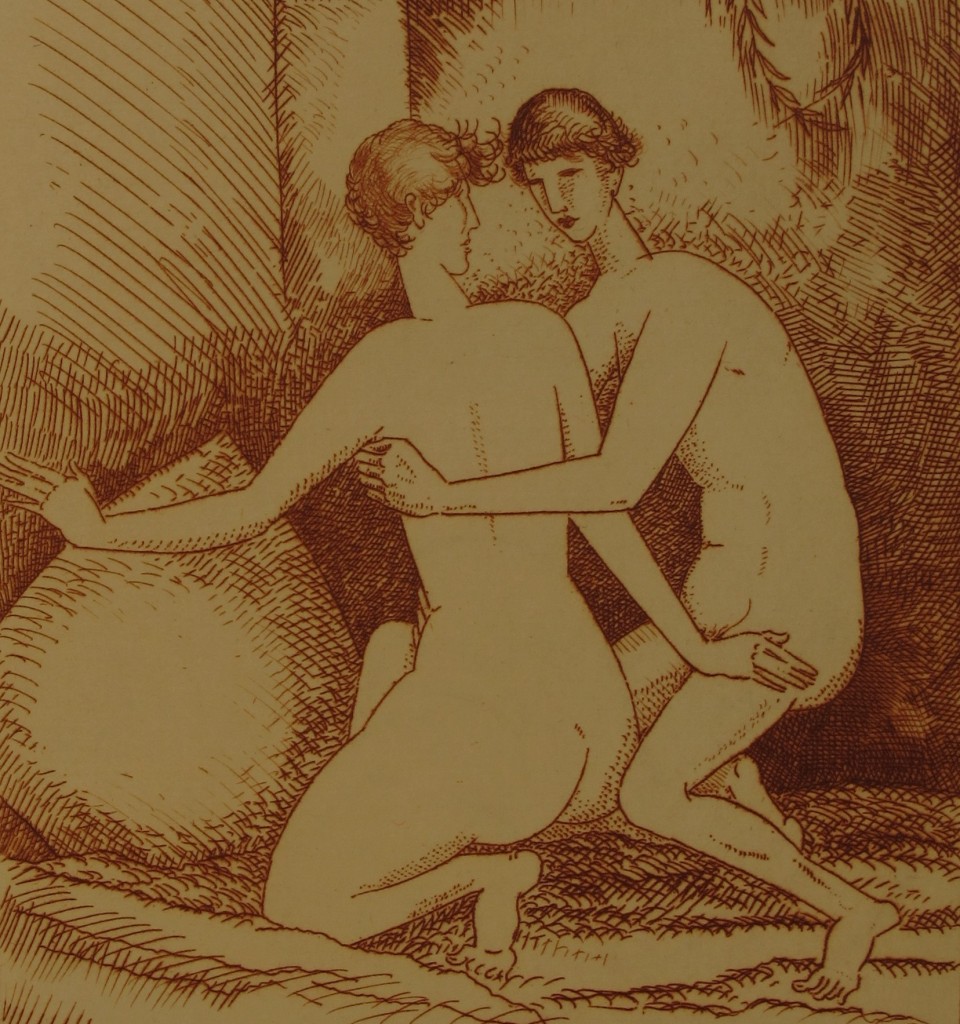
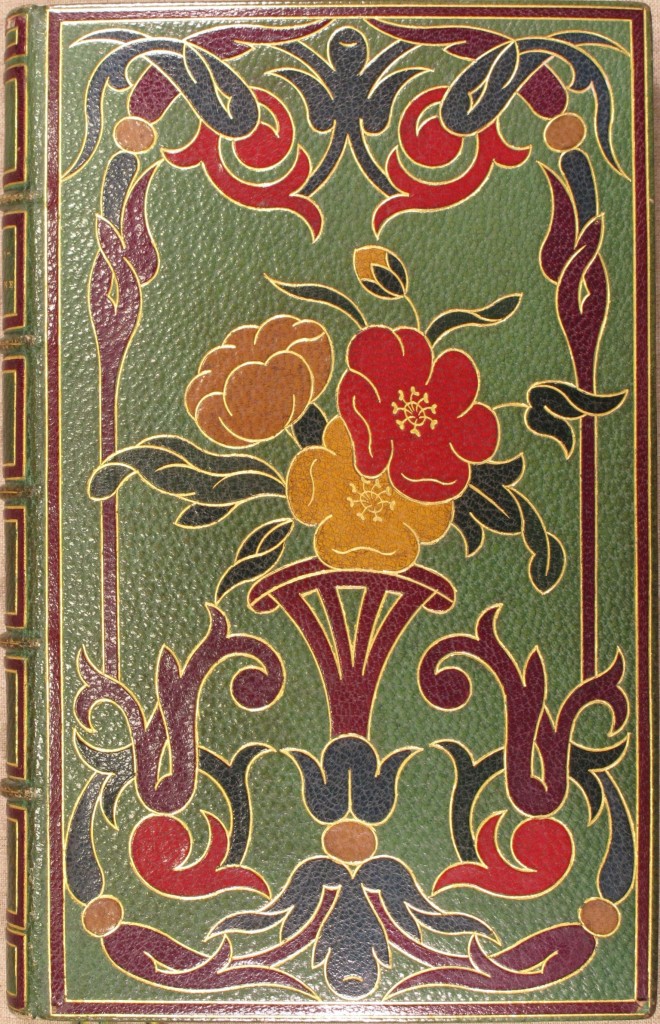
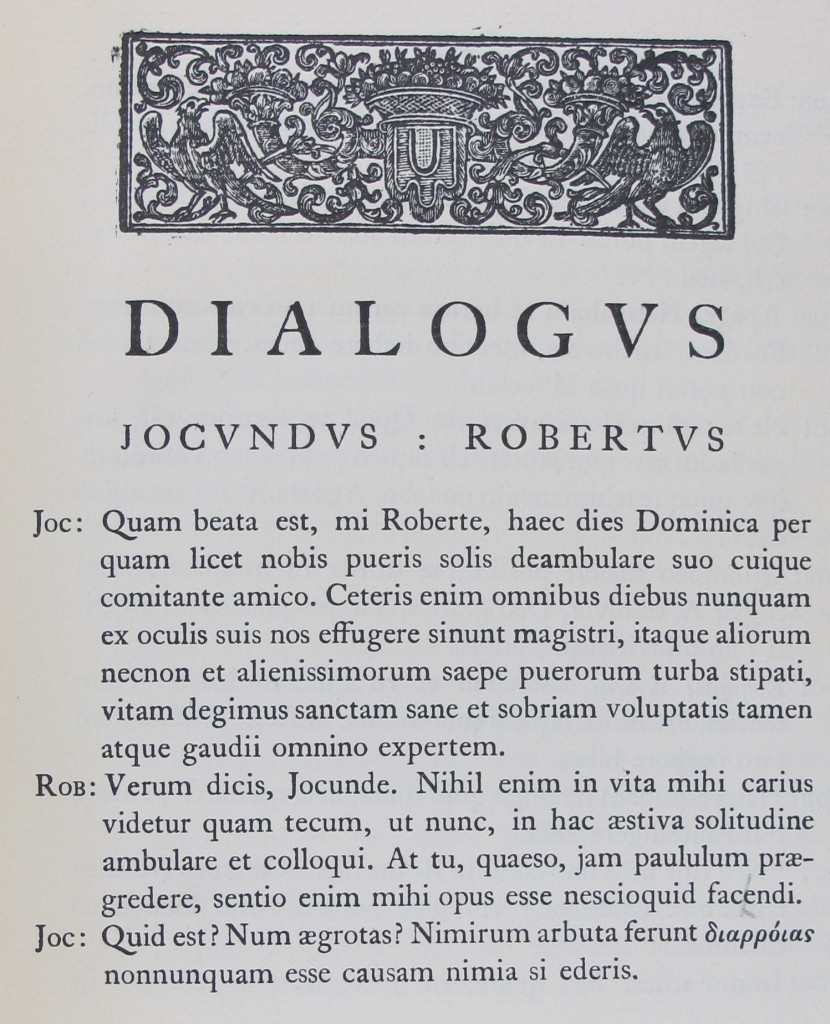
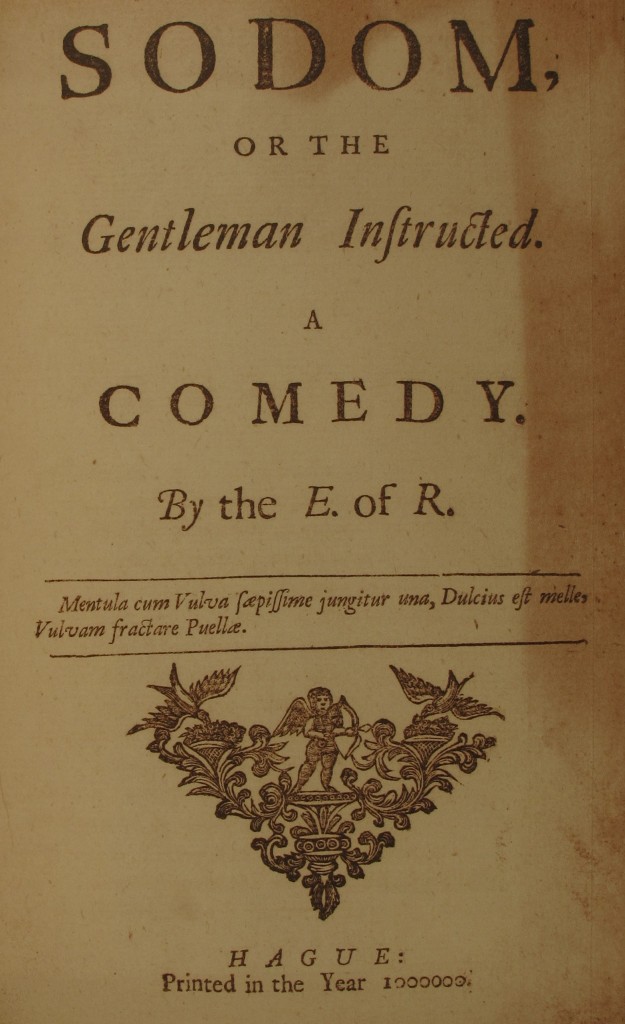
Hello Liam
This is John Button from the erotic illustration website http://www.honesterotica.com. During the creation and research for the website, which is now the world’s largest and most detailed resource for quality erotic illustration, we used Patrick Kearney’s material extensively to ensure that the bibliographic and biographical information is as accurate as possible.
Now that the Kearney collection is at Cambridge, we are wondering what the possibilities might be of documenting the illustration aspect of the collection for future reference and research, and made available both through your library’s digital offering and through our website.
Could I ask you to take a few minutes to look at honesterotica and our rationale (which is all on the site), and let us know if you think there any mileage in looking at a possible collaboration?
Let me know if you need any further information.
Many thanks!
John
Hello John. This definitely looks interesting. Thanks. I’ll contact you directly if that’s OK.